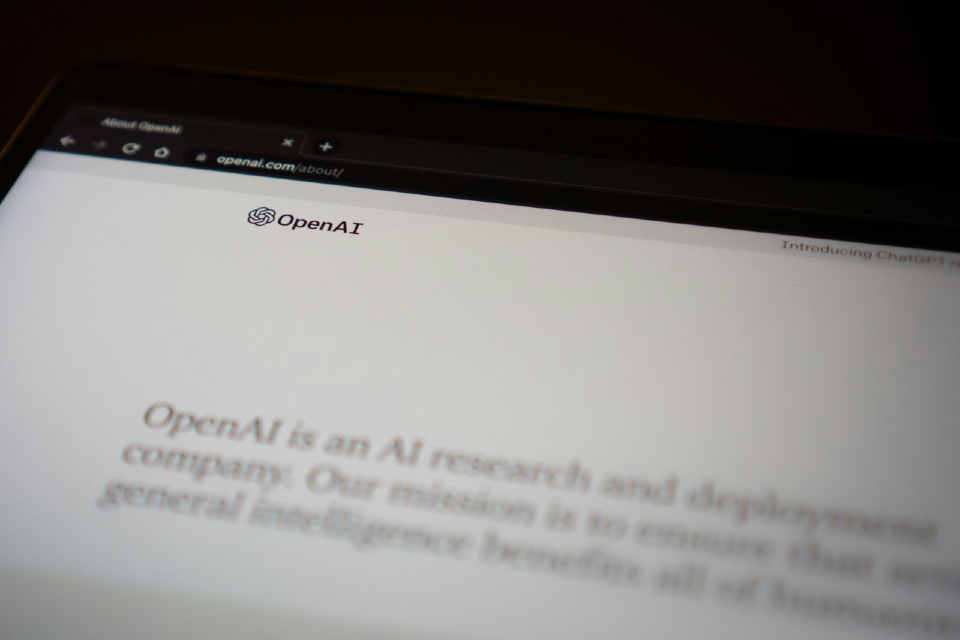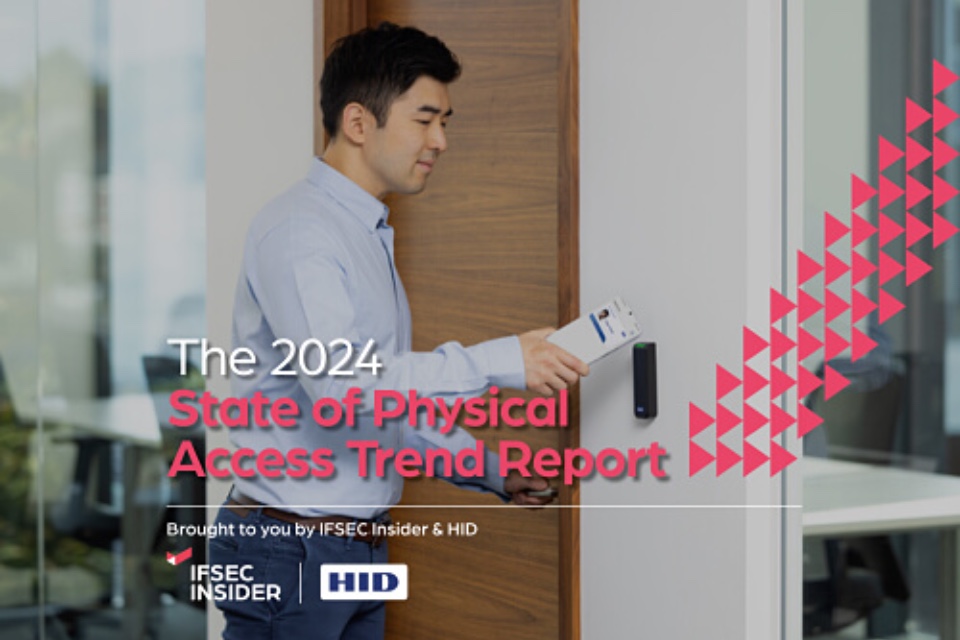Local authorities still at high risk of data breach incidents

A series of Freedom of Information (FoI) requests targeting local authorities across the UK shows that public sector organisations continue to struggle with data security, with thousands of breaches and incidents reported during 2024. The figures, compiled by Apricorn and collected from 27 UK councils, indicate that over 2,400 suspected data breaches occurred across the sector […]
69 per cent of UK businesses self-disclose data breaches to the ICO

UK businesses are reporting a greater number of data breaches than ever before, with 69 per cent of organisations self-disclosing a breach or potential breach to the Information Commissioner’s Office (ICO) in the past year, up significantly from 53 per cent in 2024. That’s according to annual research from Apricorn, which says the shift could also […]
Building safety concerns highlighted by SFG20 survey

3 in 5 people in the UK are more concerned about building safety following tragedies such as the Grenfell Tower fire, with 21% stating their worries have ‘significantly increased’. The findings of research conducted by SFG20 also reveal over one in six have noticed visible structural issues in a building they have lived or worked […]
Device platform security now a top concern among IT and security professionals

An HP report, based on a global study of 800+ IT and security decision-makers (ITSDMs) and 6,000+ work-from-anywhere (WFA) employees, shows that platform security is a growing concern, with 81% of ITSDMs agreeing that hardware and firmware security must become a priority to ensure attackers cannot exploit vulnerable devices. However, 68% report that investment in hardware […]
Demand for physical security at data centres set to surge

The Data Center Physical Security market is expected to register 9.5% CAGR between 2024 and 2032, propelled by increasing cyber threats. According to a study by Global Market Insights the market growth is driven by the increasing need to safeguard critical data and infrastructure from physical threats. As data centers become more integral to business […]
Employers not prepared for Ai threats to data security

The majority of businesses acknowledge AI’s potential risks, yet only a small portion have established comprehensive controls surrounding its use. This is according to new findings from Sapio Research examining both consumer and employer attitudes towards AI across Europe. The report surveyed 800 consumers and 375 business decision makers responsible for their finance department, with respondents from […]
Shortage of high-quality data ‘threatens AI boom’

An Open Data Institute (ODI) white paper has identified what it says are significant weaknesses in the UK’s tech infrastructure that threaten the predicted potential gains – for people, society, and the economy – from the AI boom. It also outlines the ODI’s recommendations for creating diverse, fair data-centric AI. Based on its research, the ODI […]
‘Record’ cyber attack threat to UK businesses

The majority (70%) of UK business leaders expect to suffer a cybersecurity incident in the next 12 months, but only 35% of organisations feel well prepared to deal with one. That’s according to new research from Cloudflare, which polled over 4,000 business and technology leaders across Europe and 430 in the UK, and found that almost […]
Report highlights physical access control trends

HID’s 2024 State of Physical Access Control Report has identified five key trends that are shaping the future of physical access control. Produced by IFSEC Global in partnership with HID, the report surveyed over 1,200 security professionals across the globe to paint a picture of an industry that has been going through considerable transformation. Conducted […]
Neighbourhood Watch data: Antisocial behaviour is the UK’s most feared and common crime

Over a quarter of Brits don’t feel safe at home, with antisocial behaviour (67%), burglary (52%) and cybercrime (44%) being the top three most feared crimes across the UK. Although The Office for National Statistics (ONS) reported that crime rates dropped by 10% in 2023, the National Crime & Community Survey conducted by Neighbourhood Watch […]

